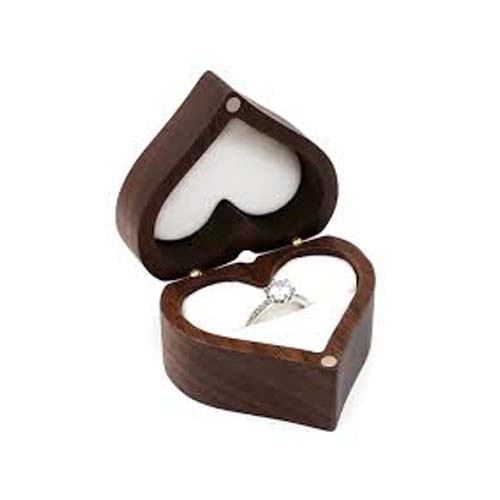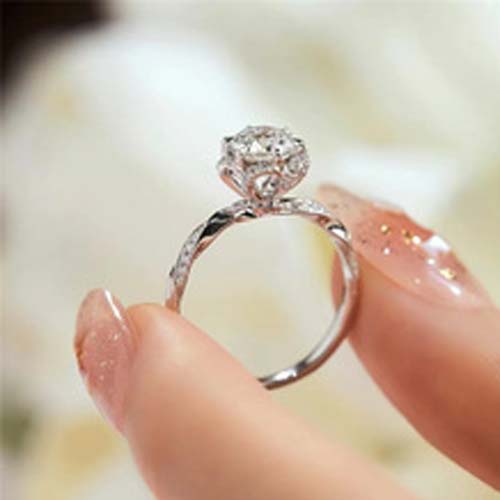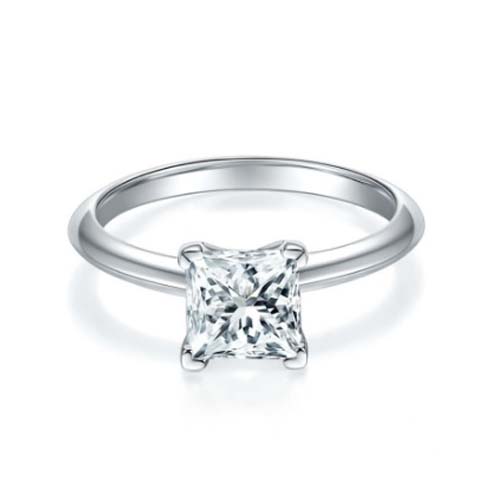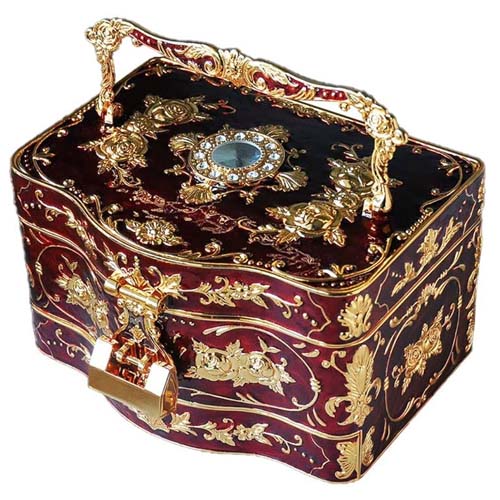By definition, antique jewelry refers to pieces that are at least 100 years old. These items differ from vintage jewelry, which typically encompasses pieces that are 20 to 100 years old, and contemporary or modern jewelry. The distinction lies not only in age but also in the techniques, materials, and designs emblematic of specific historical periods. Antique jewelry often embodies superior craftsmanship, as it was created in an era when artisans devoted painstaking effort to handcrafting each detail.
The Allure of Antique Jewelry
Unique Designs
One of the primary appeals of antique jewelry is its uniqueness. Unlike mass-produced modern pieces, antique items were handcrafted, making each piece a work of art. The intricate details and innovative techniques reflect the creativity and skill of the artisans who made them.
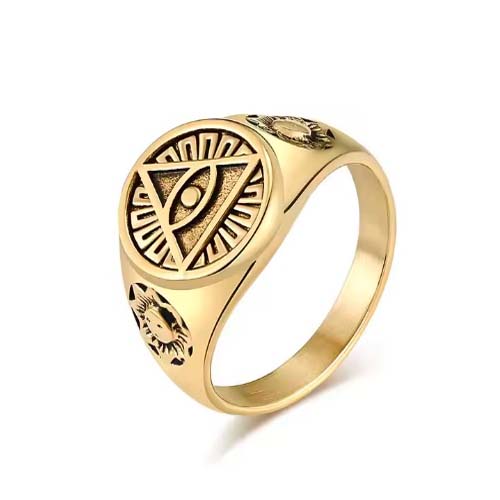
Antique jewelry has a unique allure that transcends mere ornamentation. It is not just about the shimmer of gemstones or the luster of precious metals; it is a tangible connection to history, culture, and the craftsmanship of bygone eras. Whether passed down through generations or acquired through auctions and collectors, each piece tells a story that enriches its intrinsic value. This article explores the captivating world of antique jewelry, its defining characteristics, historical significance, and the reasons it continues to enchant enthusiasts around the globe.
Investment Value
Antique jewelry often appreciates in value over time, making it a worthwhile investment. Rarity, provenance, and craftsmanship all contribute to the value of a piece. Collectors and investors alike appreciate the combination of aesthetic and financial appeal.
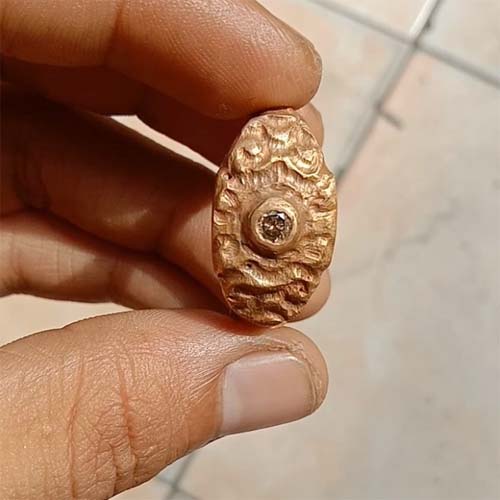
Historical Connection
Owning an antique piece is like holding a piece of history. Each item has a story, whether it’s a Georgian ring passed down through generations or an Art Deco bracelet that adorned a socialite in the 1920s. This historical connection adds depth and meaning to the jewelry.

Sustainability
Antique jewelry offers a sustainable alternative to newly mined gemstones and metals. By purchasing antique pieces, collectors reduce the demand for mining, which can have significant environmental impacts. Additionally, antique jewelry is often repurposed or restored, extending its lifecycle.
The Historical Significance of Antique Jewelry
Ancient Times
The origins of jewelry can be traced back thousands of years to ancient civilizations. Early pieces served not only as adornments but also as symbols of power, religious artifacts, and protective talismans. For instance, the ancient Egyptians used gold, turquoise, and lapis lazuli to create elaborate necklaces and amulets, often buried with the deceased for use in the afterlife. Similarly, the Greeks and Romans incorporated intricate designs, using gemstones like garnets and pearls to craft jewelry that signified status and wealth.
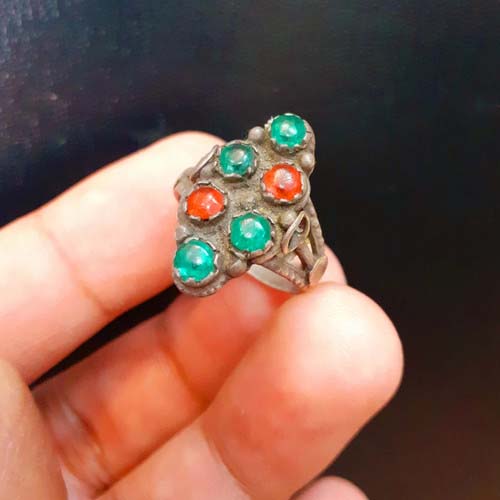
The Middle Ages
During the medieval period, jewelry took on a more spiritual significance. Religious motifs, such as crosses and saints, dominated designs. Goldsmiths incorporated enameling techniques and gemstones believed to have mystical properties. Rings, brooches, and pendants were common, often serving as both decorative and functional items. The period also saw the rise of guilds, which standardized craftsmanship and influenced styles across Europe.
The Georgian Era (1714–1837)
Named after the reigns of the British kings George I to George IV, the Georgian era emphasized romantic and classical themes. Jewelry from this period often included nature-inspired motifs such as leaves, flowers, and birds. Gold and silver were commonly used, along with diamonds, topaz, and garnets. The craftsmanship of Georgian jewelry was remarkable, with pieces being entirely handmade.
The Renaissance and Baroque Eras
The Renaissance marked a cultural rebirth, and this was reflected in jewelry design. Artisans experimented with bold colors, symmetry, and the incorporation of mythological themes. Techniques like engraving and gemstone cutting advanced significantly, resulting in highly detailed and personalized pieces.
The Baroque era, known for its opulence, brought elaborate and extravagant designs. Jewelry became larger and more ornate, featuring baroque pearls and intricate metalwork. Pieces from this period often emphasized grandeur and theatricality, mirroring the artistic and architectural styles of the time.
The Victorian Era (1837–1901)
Queen Victoria’s reign significantly influenced jewelry trends. The era is often divided into three periods: Romantic, Mourning, and Late Victorian. The Romantic period saw sentimental designs, including lockets and brooches with intricate floral patterns. The Mourning period, following the death of Prince Albert, introduced somber designs made with jet, onyx, and black enamel. In contrast, the Late Victorian period returned to more vibrant styles, incorporating diamonds and brightly colored gemstones.
The Edwardian Era (1901–1910)
The Edwardian era, named after King Edward VII, was a time of elegance and refinement. Platinum became the metal of choice, allowing for intricate lace-like designs. Diamonds, pearls, and sapphires adorned necklaces, tiaras, and earrings. The light and delicate aesthetic of Edwardian jewelry contrasted with the more robust styles of earlier periods.
The Art Nouveau and Art Deco Movements
Art Nouveau (1890–1910) celebrated organic forms and nature-inspired motifs. Jewelry from this movement featured flowing lines, enamel work, and materials like opals and moonstones. Art Deco (1920s–1930s), on the other hand, embraced geometric patterns and bold contrasts. Influenced by modernism and industrial progress, Art Deco pieces often included diamonds, emeralds, and onyx set in symmetrical designs.
How to Identify Authentic Antique Jewelry
Hallmarks and Maker’s Marks
Hallmarks can provide information about the origin, metal content, and age of a piece. Maker’s marks identify the artisan or manufacturer, adding provenance and value.
Materials and Techniques
Understanding the materials and techniques used in different periods can help identify authenticity. For instance, the use of platinum is a hallmark of Edwardian jewelry, while Victorian pieces often feature hand-cut gemstones.
Patina
A natural patina, or the subtle aging of metal, can indicate authenticity. While restoration is common, overly polished pieces may lose their antique charm.
Caring for Antique Jewelry
Regular Cleaning
Antique jewelry requires gentle cleaning to maintain its beauty. Use a soft brush, mild soap, and warm water to clean most pieces. Avoid harsh chemicals, which can damage delicate materials.
Proper Storage
Store antique jewelry in individual soft pouches or lined compartments to prevent scratches and tarnishing. Keep pieces away from extreme temperatures and humidity.
Professional Maintenance
Periodically have antique jewelry inspected and maintained by a professional jeweler. Loose stones, worn settings, or tarnished metals can be repaired to preserve the piece.
Antique jewelry is more than just an accessory; it is a testament to the artistry and cultural heritage of past eras. Its timeless designs, historical significance, and enduring beauty make it a cherished possession for collectors and admirers alike. As we continue to appreciate and preserve these treasures, antique jewelry remains a bridge between the past and the present, a shining reminder of human creativity and craftsmanship.

